Everything we see around us is because of light. Light from a source falls on an object and then is reflected from the object to our eyes. This is the process by which we are able to see things around us.
Different Types of Objects
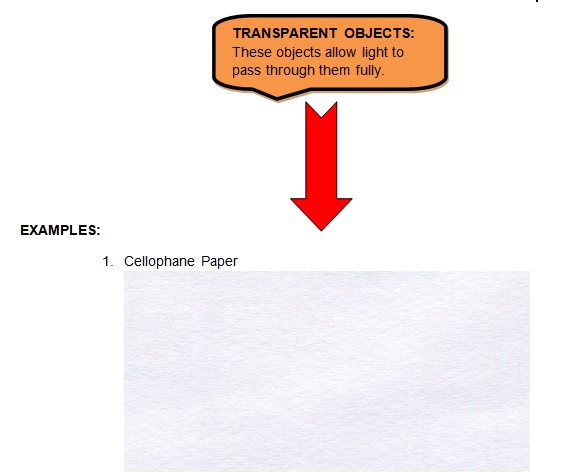
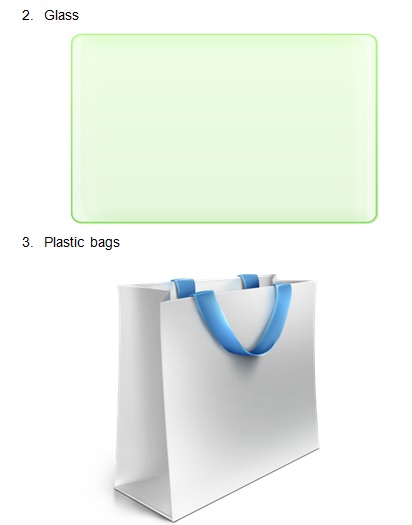
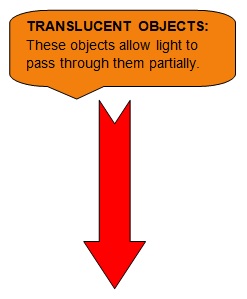
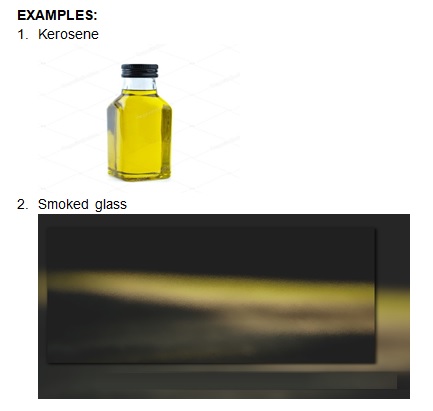
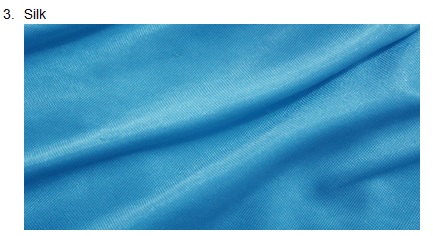
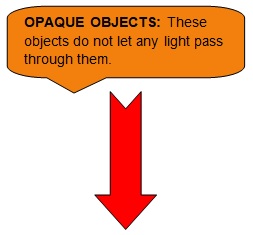
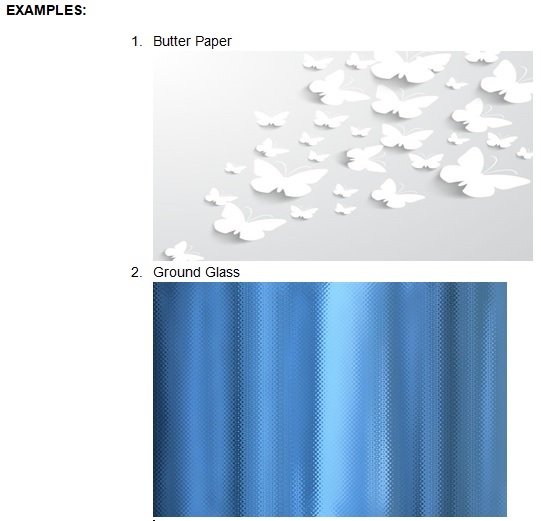
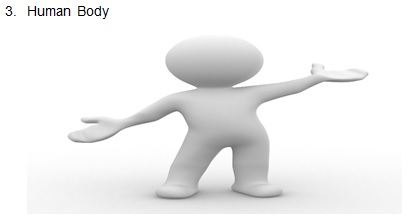
Shadows
A shadow is a dark area which is created when light from a light source is blocked by an opaque object. The shadow occupies all the space which is primarily occupied by the opaque object.
Why are Shadows Black?
Suppose there is a light object and then there is a shadow cast by the opaque object on it, it will be of colour black as no light will reach the surface where it is blocked by the opaque object.
Why are shadows longer than the object?
We all know that light travels in a straight line from its source. When light approaches an object from a steep angle, the blocking object is much closer to the light source than the plane referred to and so many of the rays are blocked and the shadow is formed. So, generally, the shadow is larger than the object.
Why are shadows smaller in the evenings rather than the noontime?
The size of the shadow depends on whether the light source is near to you or not. At noon, the sun is closest to you and so the shadows are smaller rather than in evenings when the sun is near the horizon and very much away from you.
Reflection and Mirrors
We all have mirrors in our house. And we can all see ourselves when we look in the mirror. Ever thought why we can see ourselves in the mirror and not on the wall? It is all due to the reflection of light.
Functioning of a mirror
To know how the mirror reflects, we have to simply stand in front of the mirror and see. We have to keep the height of the mirror into consideration. Mirrors placed highly on the walls will reflect much better.
Anything close to the mirror appears to have almost twice the mass. So there are different angles and functioning of the mirror which is advanced and beyond the knowledge of a common person.
Recap
- Transparent objects are those objects which allow all the light to pass through them
- Translucent objects are those objects which allow only a bit of light to pass through them.
- Opaque objects do not let any light pass through them.
- Shadows are black in colour.
- Shadows are longer in evenings than at noon time.
- Shadows are bigger than the object.
- We see ourselves in the mirror due to the reflection of light.

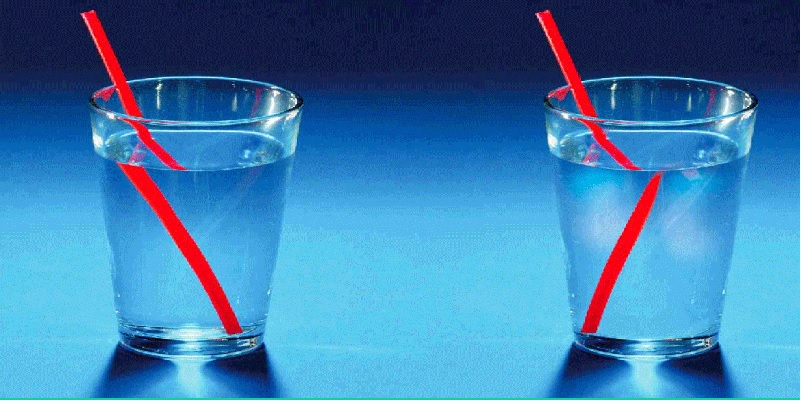



















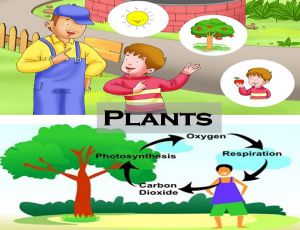

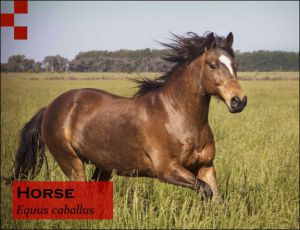







Comments